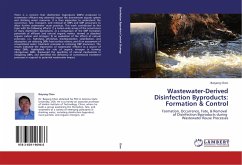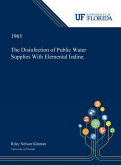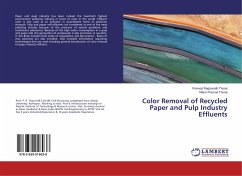Chlorination is the most commonly employed chemical disinfectant in drinking water treatment nowadays. However, several studies reported that chlorination of organic matter in fresh water resulted in formation of disinfection by-products (DBP). Because of concerns over the health effects of organic by-products of chlorination, the use of alternative disinfectants of chloramines, ozone, and chlorine dioxide as primary or secondary disinfection agents is increasing. However, each of these alternatives has also been shown to form its own set of DBP. Concerns regarding the potential health effects of DBP prompted several industrialized countries to develop a number of regu lations. The disinfectant/disinfection by-product (D/DBP) regulation in United States of America (USA) has set maximum contaminant levels for trihalomethanes (THM) and haloacetic acids (HAA) of 80 and 60 µg/l, respectively.
Bitte wählen Sie Ihr Anliegen aus.
Rechnungen
Retourenschein anfordern
Bestellstatus
Storno








